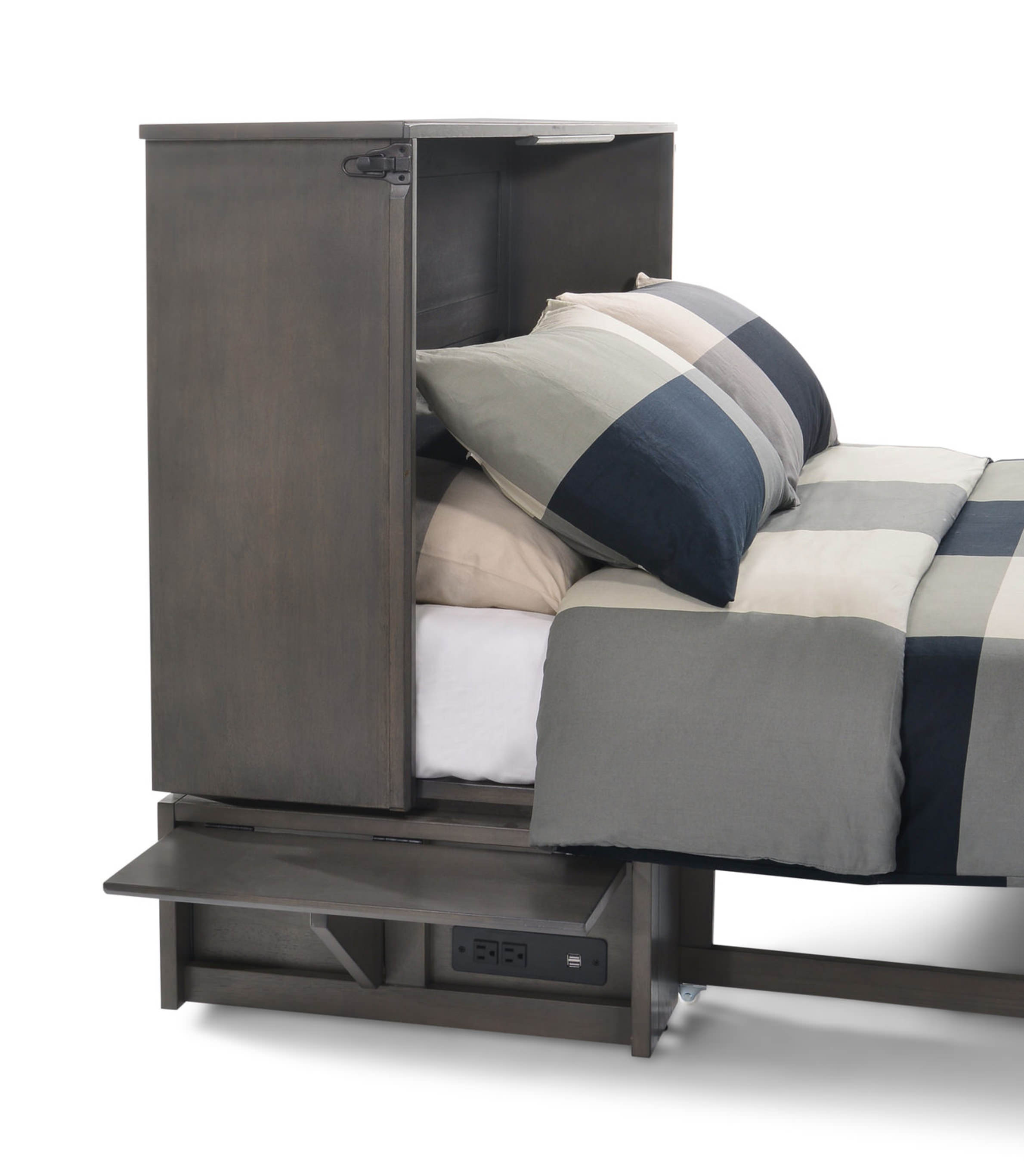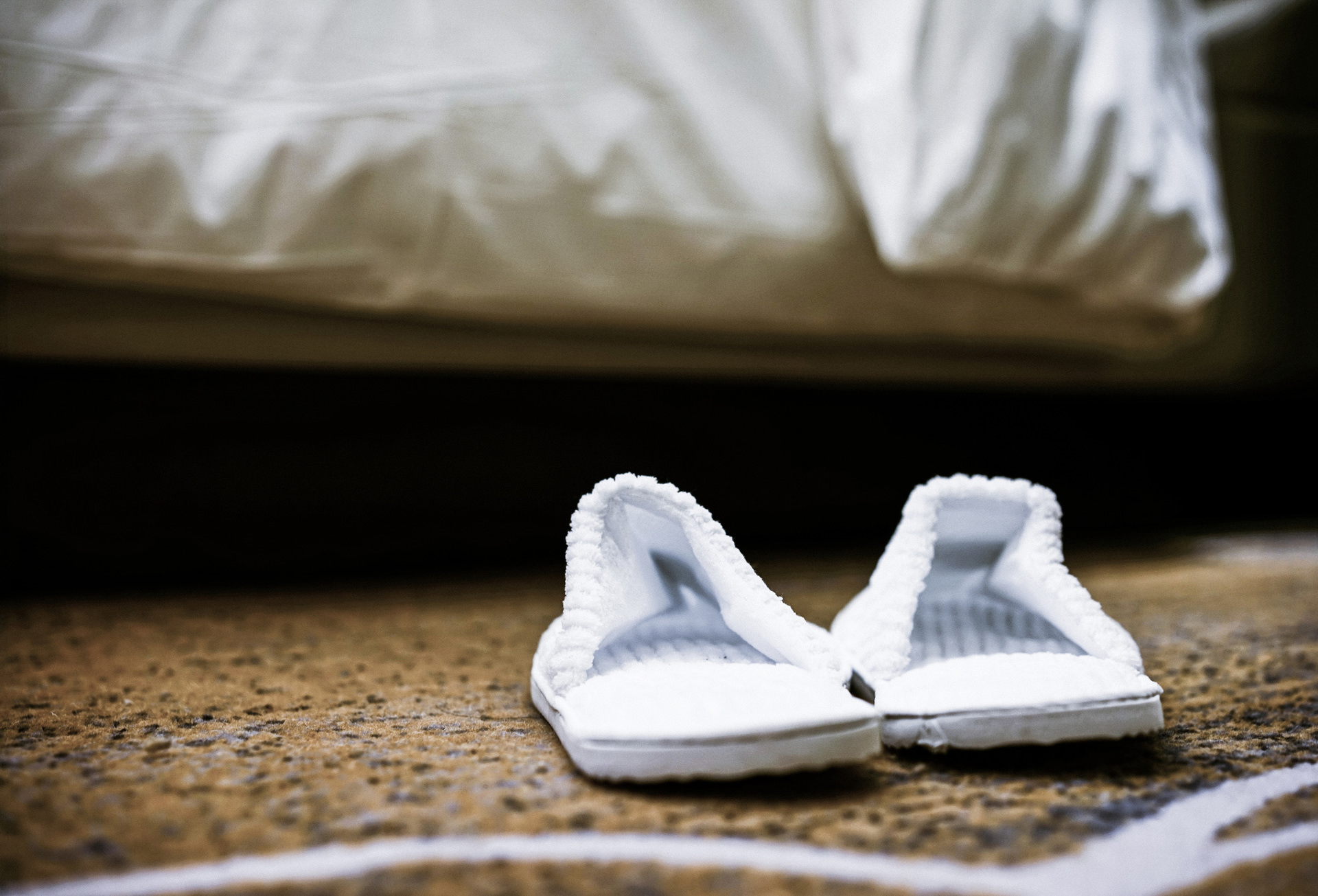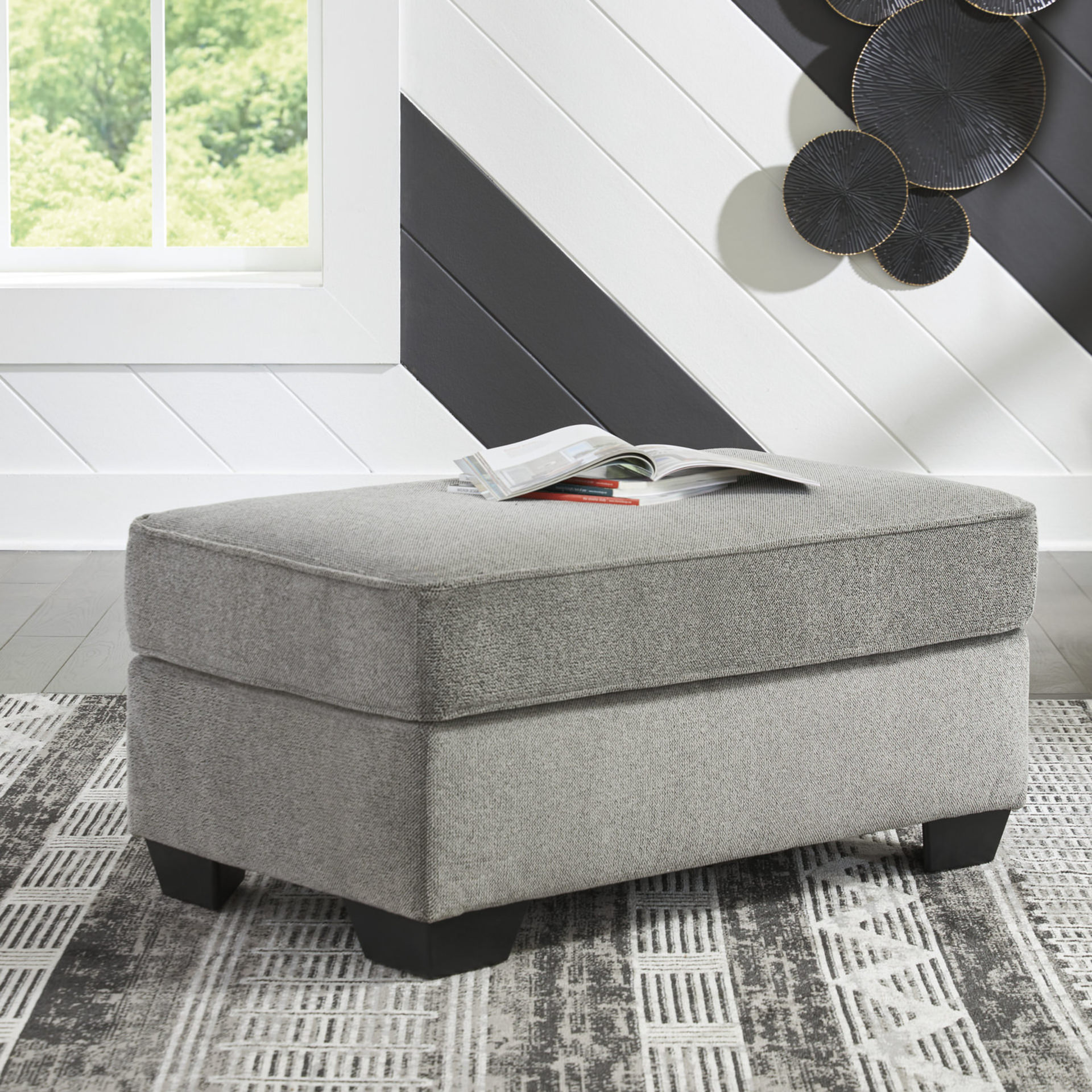Guest Bedroom Buying Guide

It’s always fun to welcome visitors, and it’s even better when you can offer a guest bedroom that makes them feel at home. It’s a pleasure for them, and it makes you proud. Whether you’re hosting close friends, family members or other out-of-town guests, giving them a cozy and well-equipped space is one of the best ways to show you care. When you think about what guests might need ahead of time—where they’ll store their clothes, how easy it is to get into bed and whether the mattress is too soft or too firm—you’ll make their stay more enjoyable.
Guests of different ages and abilities have varying needs. Older visitors might appreciate a bed that’s easier to get into, while younger guests often prioritize space for their belongings. For guests with mobility concerns, consider keeping pathways clear and providing sturdy furniture to lean on when standing up. Whatever the case, a few thoughtful choices go a long way.
Beds: Comfort and Versatility
The bed is the heart of any guest room. You want something that’s comfortable, welcoming and flexible enough to accommodate different kinds of guests. A queen bed works for most situations, but twin beds are especially versatile—you can keep them separate for roommates or push them together for couples. For added flexibility, consider daybeds or trundle beds. Daybeds work well for lounging during the day and easily convert for sleeping at night. Trundle beds are great space-savers, pulling out when needed and tucking away afterward. Don’t forget about futons and convertible sofas; these versatile pieces are beds at night and furniture during the day.
Storage beds are also a great option, especially when space is tight. Extra drawers conveniently placed under the bed offer room for clothes or luggage, and some models have shelves built into the headboard where guests can keep their phone, a book or a glass of water within reach. This can be a game-changer in smaller rooms where a dresser or nightstand might not fit comfortably. Storage beds are practical for guests who are staying more than a night or two—they’ll appreciate having a designated spot for their belongings instead of living out of a suitcase.

Mattresses: Comfort for Everyone
Choosing a mattress for your own bedroom is personal—you know how soft or firm you like it. But for a guest bedroom, a more neutral choice is best. A medium-firm mattress tends to work well for most people, offering enough support for back sleepers and enough cushion for side sleepers. If you’re unsure, consider a mattress with a combination of foam and innerspring coils, which provides balanced support and comfort. Pillow-top mattresses are another option to add plushness without sacrificing firmness. You want your guests to wake up refreshed, not stiff or sore.
Storage: Keeping Things Tidy
Storage is essential for making guests feel at home. Dressers and chests both offer practical solutions, but each has its advantages. A chest has a smaller footprint, making it ideal for tighter spaces or guest rooms that double as home offices. A dresser, especially when paired with a mirror, gives guests a place to spread out their essentials, style their hair or get ready in the morning. If closet space is available, adding hanging organizers can be a huge help. They give guests a convenient spot for hanging clothes without crowding the floor. Hooks on the wall or back of the door also provide a handy place for coats, bags or towels.
Guests staying longer will appreciate the thoughtfulness of having enough drawers or shelves for their belongings. If you can’t fit both a dresser and a chest, consider a tall chest to maximize vertical space without taking up too much room. Even a small bench with built-in storage at the foot of the bed can be useful for stashing extra blankets or giving guests a place to sit while putting on their shoes.
Nightstands: Functional and Convenient
Nightstands do more than just fill a space beside the bed—they offer a convenient spot for guests to place a phone, glasses or a glass of water. Models with drawers or shelves provide extra storage, which is always appreciated in smaller guest rooms. Many nightstands now include smart features like built-in electrical outlets, USB ports, wireless charging pads and touch lighting, helping guests keep their devices charged without searching for outlets. Don’t forget that storage headboards and dressers can offer similar conveniences, giving guests multiple charging options and a place to set down their belongings.

Lighting and Accents: Creating a Welcoming Atmosphere
Overhead lighting and lamps makes a big difference in how comfortable a room feels. Overhead lights are useful, but bedside lamps let guests control the lighting without getting out of bed. Adjustable lamps or wall-mounted reading lights are especially thoughtful touches. Soft, warm bulbs create a relaxing ambiance for winding down at the end of the day.
Adding a few personal touches can elevate the guest experience. Extra blankets and pillows let visitors adjust their comfort level, while a small vase of fresh flowers or a scented candle can make the space feel more inviting. Consider providing a small tray on the dresser where guests can place keys, jewelry or loose change—it’s these little details that show you’ve gone the extra mile.
Designing for Small Spaces
Not everyone has a large available space, but there are small guest bedroom design ideas that make a more restricted setting pleasant and practical. Daybeds, futons and convertible sofas are smart choices because they double as seating during the day and convert to a bed at night. Murphy cabinets are another excellent option; they fold up when not in use, giving you not only more floor space but also an additional option for storage. Folding screens or curtains can help divide a room if your guest space shares another function, like a home office or craft room. Floating shelves provide storage without taking up floor space, and wall-mounted lights can replace bulky lamps, keeping surfaces clear.
Making It Multipurpose
If you don’t have guests often, it makes sense to design a room that serves more than one purpose. A guest room can double as a home office, playroom or workout space with the right furniture. Consider a fold-out desk that can tuck away when guests arrive or remain in place for visitors who want to spread out some papers and a laptop. A writing desk takes up little room and can serve both overnighters and the full-time residents.
Storage ottomans hide craft supplies or workout gear while providing extra seating. Having furniture that can pull double duty ensures the room stays functional for you but welcoming for visitors.

Style Still Matters
A guest room should be restful, but that doesn’t mean it has to be plain. Soft, neutral colors create a calming atmosphere, but you can still add personality with wall art and decorative touches. Choose artwork that’s soothing and appropriate for a sleeping space—abstract prints in calming hues or nature-inspired pieces work well. A large or even full-length mirror isn’t just practical; it helps guests get ready and brightens the room by reflecting light. Mirrors are especially helpful if your guest room doesn’t have an en suite bathroom, giving guests a place to freshen up without waiting for the main bathroom to free up.
Textiles also play a big role in creating a welcoming environment. Consider adding an area rug to soften the floor, especially if you have hardwood or tile. Curtains or blackout shades help guests sleep in, and layered bedding lets them adjust their comfort level. You can coordinate these pieces with throw pillows or blankets to tie the look together without making the room feel cluttered.
Thoughtful Touches That Make a Difference
It’s the little things that make a guest room truly inviting. Providing thoughtful details like extra towels, a basket with travel-size toiletries or a set of bottled water makes guests feel cared for. If you have space, a small luggage rack or bench gives guests a convenient place to set their suitcase. Closet space—especially when equipped with hangers and a few extra blankets—goes a long way in helping guests settle in.
Entertainment options, like a stack of books or a few magazines, can be a nice touch, especially for guests who wake up earlier or go to bed later than the rest of the household. Even a small notecard with your Wi-Fi password saves them from having to ask. For longer stays, consider providing a small guide to local attractions or favorite nearby restaurants—it’s a thoughtful detail that can make their visit even more enjoyable.
The Finishing Touch: Creating a Space They’ll Remember
The best guest bedroom design ideas are about balancing comfort, functionality and style. When you provide a cozy bed, practical storage and a few thoughtful extras, you create a space that’s not just a place to sleep but a welcoming retreat. Your guests will appreciate the effort, and you’ll feel good knowing you’ve made their stay as pleasant as possible. A well-appointed guest room is a reflection of your hospitality, and that’s something your visitors won’t soon forget.